Ams and Kat conclude each 2Hotwives podcast by telling us all that we deserve great sex (which is an awesome message – thank you!). And to go get some. But sometimes, it isn’t that easy. Sometimes it’s hard to figure out what “great sex” is and how to get it. Early in my journey of sexual discovery, I read, Come As You Are, by Emily Nagoski. I now see this as a “must read” for women interested in learning more about their own sexuality and how to have great sex. (Hint – Men who want to have great sex with women would benefit a lot from this book too). Everyone will draw something different from it, but for me these are the concepts that had the most impact in helping me discover, and get, great sex.
Accelerators versus Brakes
If there is one thing to take from this book, take this. Sensitivity to sexual accelerators and brakes are traits, kind of like the introvert/extrovert traits of personality. They may vary over time but remain relatively stable, resulting in different types of sexual temperaments or personalities. Sexual accelerators are things that turn you on, help you become aroused and desire sex, help “put you in the mood.” These will be different for all. They could be a relaxing bath, time alone with your partner away from kids, a sensual massage, and so on. Sexual brakes are things that turn you off or inhibit your ability to get in the mood for sex. Again, these vary by person. These could include a messy house, parenting responsibilities, fear of STI transmission or pregnancy, or mental distractions of everything on your “to-do” list. Everyone has sexual accelerators and brakes. But the way they work together in each person is different. Once you figure out where you fall on these traits, you have a lot more information about what works best for you in having great sex.
Understanding this was a lightbulb moment for me. I am low on accelerator sensitivity (technically called low SE – sexual excitation system) and have highly sensitive brakes (high SI – sexual inhibition system). No wonder it had always been a struggle to have great sex! Low SE means I am not particularly sensitive to sex-related stimuli and need to make an intentional effort to turn my attention toward sex. High SI means I am highly sensitive to all the reasons to NOT become sexually aroused. I am easily distracted from sex, require a setting of trust and relaxation to be able to feel my arousal, and need to not feel rushed or pressured.
Understanding this totally changed the way I approached sex with my husband, and later how I approached sex with new partners as we started to explore “swinging” and the nonmonogamy world. Whatever you learn about your own accelerators and brakes, this information will assist you in figuring out how great sex works for you. The self-quiz and description of these traits in Come As You Are helps readers determine their own type and how it might impact their approach to great sex.
Spontaneous versus Responsive Desire
The traditional understanding of sexual desire is that just appears, out of the blue, and suddenly you want to have sex.
Nagoski describes spontaneous desire as appearing “in anticipation of pleasure.” Responsive desire, on the other hand, emerges in “response to pleasure.” Those who are more likely to experience responsive desire “begin to want sex only after sexy things are already happening.” Let that sink in for a moment. Because as women, we may think something is wrong with us if we never crave sex ahead of sexy fun time. Those with responsive desire styles (which Nagoski suggests is about 50% of women) may also find their partners frustrated with them, believing that they don’t find them attractive or are not interested in sex with them. Partners with spontaneous desire styles may feel like they must always be the one to initiate sex with a responsive desire partner. This can lead to resentment and misunderstandings.
For me, really understanding this transformed the way I think about my desire and sexuality. For much of my marriage, I thought I just had a low libido. I wasn’t that interested in sex, physically. I liked it as a way to maintain the relationship and intimacy with my husband. I now know that this seemingly low sex drive (definitely not the case!) was a result of low sensitivity to accelerators, high sensitivity to brakes, and a responsive desire style. For me, even now, I usually don’t know my body wants sex until something sexy starts happening. I block off my body from my mind and my mind doesn’t hear the signals. When something sexy starts happening (in the right context as discussed below), it’s like my body is banging at the door to my mind saying, “Hello! Can you hear me? I want to have sex! Now would be a good time!!!” These days if my husband initiates sex, I don’t just say (or think) “No, my body isn’t interested right now.” Instead I know enough about my desire style to understand I may very well want sex after I shift my mind in that direction and open myself up to sexy play. Understanding the desire pattern of you and your partner(s) can clear up potential misunderstandings and make great sex more likely to happen.
Context
Women know that context matters. Whether or not we are interested in sex is often highly dependent on the context. Nagoski does a great job at explaining how individual context (work stress, physical health, feelings about your body), relational context (feeling trusting and affectionate in our relationships), and societal context (cultural messages that teach us how we “should” feel about sex) all impact our desire for sex.
Although it will vary for each woman, in general Nagoski suggests that women experience a context as sex positive if it is low stress, highly affectionate, and explicitly erotic.
There is so much to the role context plays in our ability to have great sex, but one of the things that really stood out to me was the impact of years of negative messages about sex. Nagoski quotes sex researcher Robin Milhausen saying, “We’re raising women to be sexually dysfunctional, with all the ‘no’ messages we’re giving them about diseases and shame and fear. And then as soon as they’re eighteen they’re supposed to be sexual rock stars, multi-orgasmic and totally uninhibited. It doesn’t make any sense. None of the things we do in our society prepare women for that.” I use that quote here because I think it sums up the challenge many women feel in even permitting themselves to want great sex. To get great sex, we have to allow ourselves to want it. And to do that, we must combat those negative messages with sex positive information that frees us to embrace and nurture our sexuality. This book, as well as many other sex-positive books, can help do that. And right here, the 2Hotwives podcast and community is helping to build a space where women can explore and support each other as they seek out great sex.
Getting on the Orgasm Train
Let’s end with this. Near the end of the book, Nagoski devotes a whole chapter to orgasm. To any women who have struggled to reach orgasm, I get it. For those of us that do, it can be hard to address, and can make us feel like something is wrong with us. If we do figure it out on our own, it can still be hard in partnered sex, especially if we are bringing new partners into the mix as part of a non-monogamous relationship. Difficulty in reaching orgasm can make our partners feel like they are doing something wrong, and lead to pressure and stress in the bedroom (both of which are not conducive to a sex positive context!). This chapter addresses all the things that might be a barrier to orgasm and offers practical strategies to resolve. My favorite quote is this, “To have more and better orgasms, turn off all the offs and slow down how you turn on the ons. Give your whole body time to get on the orgasm train.” Nagoski explains how to do this with patience, practice, and a sex-positive context. Taking the time to explore how I can best reach orgasm has been such an important part (though only a part and not the end all be all!) of learning to have great sex. This book, and others like it, can help you figure that out. Because “You deserve great sex!”
books we love
We hope you love the products we recommend! All of them were independently selected by our contributors. Just so you know, we may collect a share of sales or other compensation from the links on this page if you decide to shop from them.



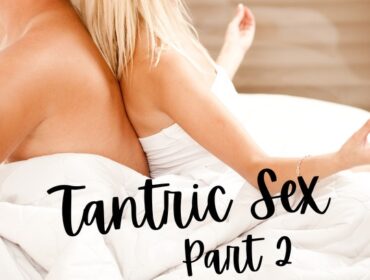


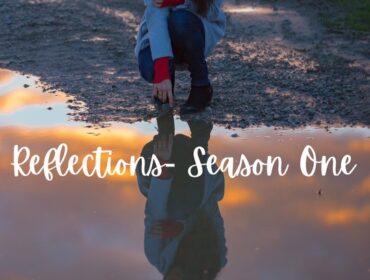



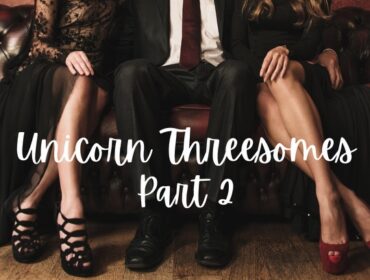
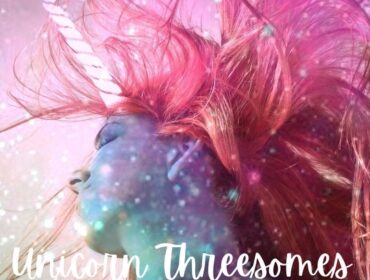
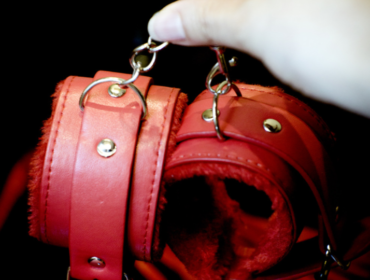


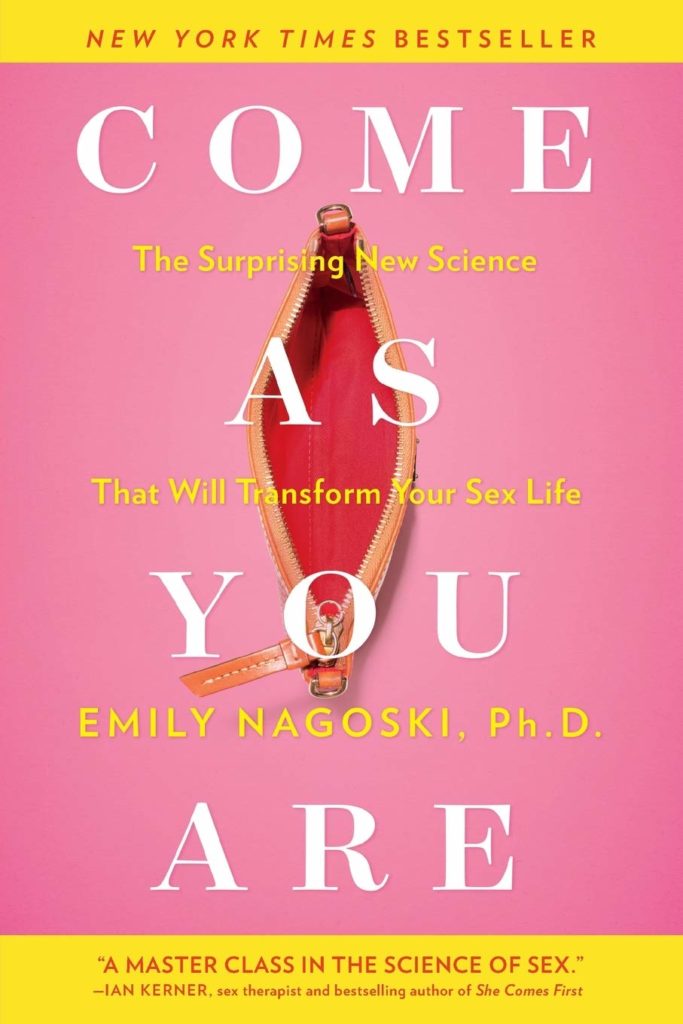
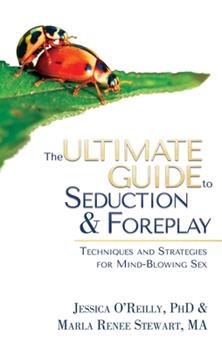
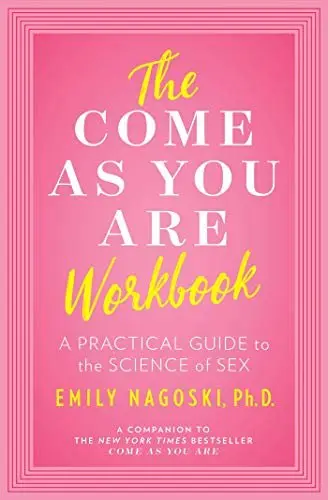
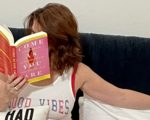










I would love to learn more about your book club, and the books that you are reading. I am always looking for a good book to read.
Hi! I’m currently reading BoySlut by Zachary Zane and it’s hilarious! Our bookclub read for October is Pen Pal JT Gelssinger, but I haven’t read it yet. If I can find some time between working, recording and general adulting, I’ll add some book reviews to the website. Are you interested in writing a review or two?